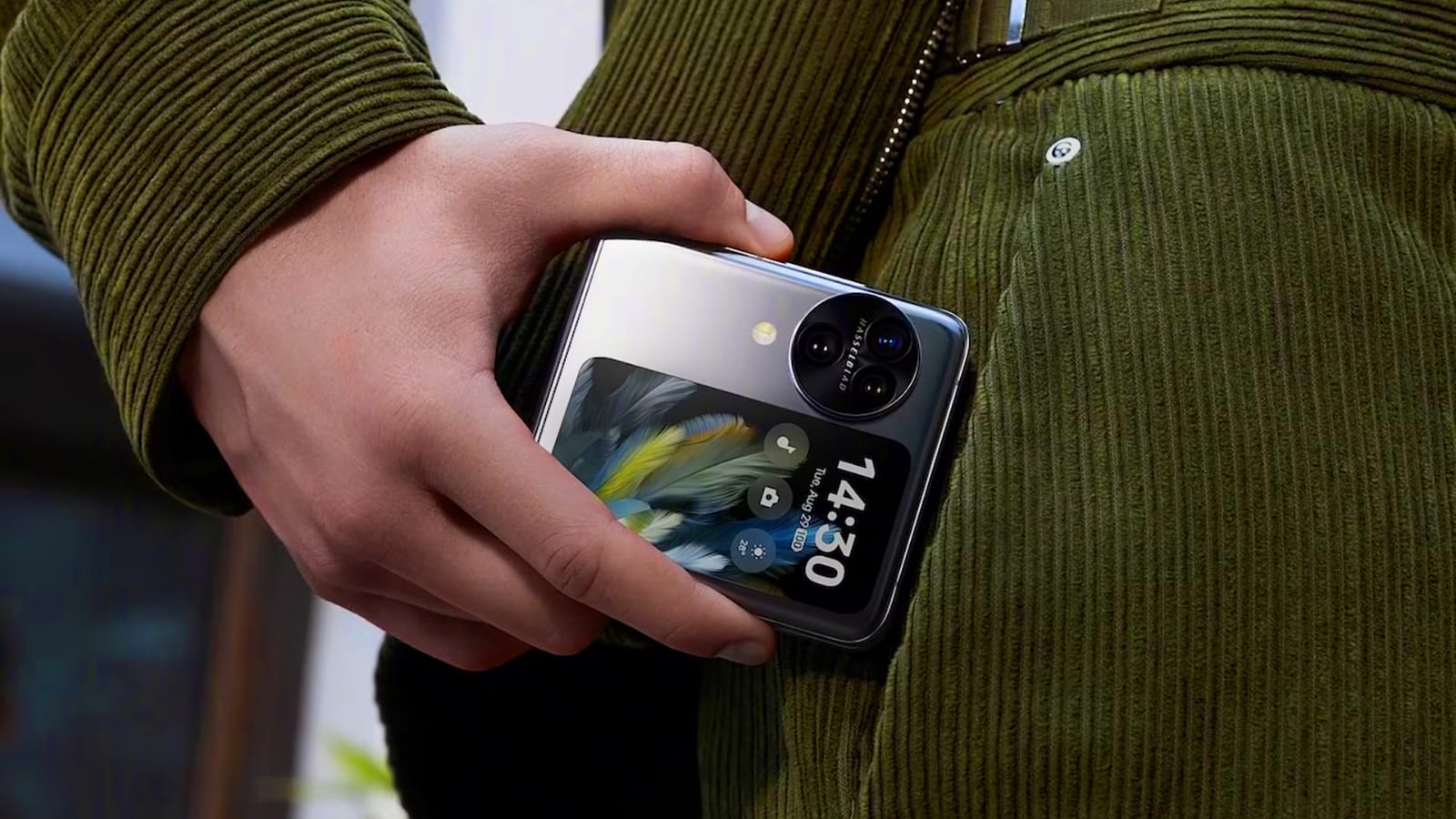Foldable smartphones, a novel concept just five years ago, have been steadily gaining momentum. However, many models on the market still grapple with user-experience issues that keep them a step behind the more conventional bar-shaped phones.
Mr Zhou Yibao, OPPO’s flagship product director, is someone with first-hand knowledge of this, having spent months on the ground speaking to consumers, even selling mobile phones in stores to find out why more people are not buying foldable phones.
The feedback ranged from high costs and quality to variables such as size and weight. “One user, for example, felt that his phone was so heavy that he was worried it would drag his pants down, especially while jogging,” said Mr Zhou.
It was such comments that spurred him to start thinking about how to create foldable phones that are thinner, easier to carry, yet still capable of taking great photos like its top-of-the-line bar counterparts.
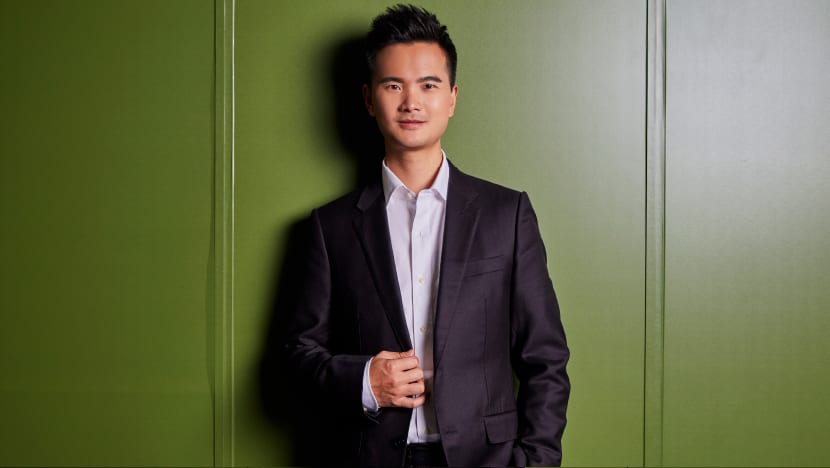
TAPPING THE POTENTIAL OF FOLDABLE PHONES
Mr Zhou believes that there are still ample opportunities for product development in the realm of foldable phones. “The foldable phone is, at its heart, still a smartphone,” he noted. “It’s an evolution of the bar device, rather than a brand-new class of product.”
He explained that the evolution of the smartphone over the years has seen the expansion of screen sizes, because the human eye naturally favours larger screens.
Mr Zhou delves into how OPPO engages with its users to create and improve on its products.
Foldable phones have the capability of revolutionising smartphone design by resolving the conflict between large screen sizes and portability. These devices offer generous screen real estate, enhancing the user experience with more immersive visuals for images and videos, and streamlined multi-tasking capabilities. For instance, users can simultaneously display a document and conduct a video call on the two halves of the screen, avoiding the inconvenience of frequent app switching.
This innovation effectively addresses the previous design constraints faced by traditional bar-shaped models, where increasing screen size often meant sacrificing ease of carry. With foldable technology, users enjoy the benefits of a large display without compromising the convenience of a compact, pocket-friendly device.
A HARMONIOUS INTEGRATION OF FORM AND FUNCTION
The recent launch of the OPPO Find N3 and N3 Flip in Singapore showcases advancements that include larger screens, portability, top-tier photography capabilities and a refined hinge design for a smoother fold without a prominent crease.
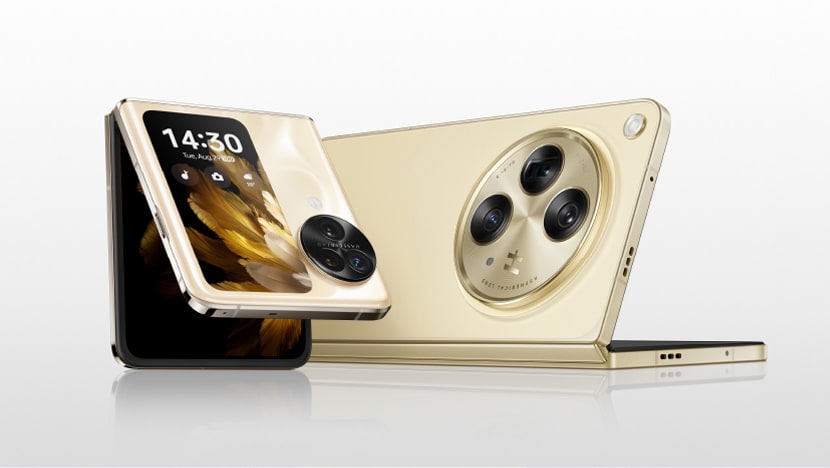
Photography had previously been a challenging aspect for foldable phones, as advanced mobile photography demands significant space for the imaging chip, various sensors and multiple lenses.
OPPO engineers have managed to skilfully integrate these essential components into the Find N3 and N3 Flip, ensuring that the phone’s photographic capabilities match, if not surpass, those of top-tier conventional bar-shaped smartphones.
The Find N3’s pro-grade camera system boasts three cameras designed for wide-angle, ultrawide-angle and telephoto shots. This sophisticated camera setup ensures that users can unleash their full creative potential, unhindered by limitations often associated with foldable phones.

OPPO’S STRATEGIC SHIFT IN 2020
Innovation and design advancements are at the heart of these developments. A pivotal moment came in 2020 when OPPO established specialised product teams. This strategic move represented a significant shift from the previous organisational structure, which was segmented into various departments like product planning, hardware and software.
This reorganisation was instrumental in dismantling silos that previously existed, fostering a more integrative and collaborative environment that, in turn, led to the creation of more comprehensive and well-rounded products.
Within OPPO, there are also “pre-research” teams that delve into cutting-edge technology and new trends. Mr Zhou, who oversees the Find team, leveraged the expertise of the pre-research team focused on hinge technology, a critical component of foldable phones. “They were excited by the prospect of developing a product that could be embraced by the wider consumer market,” he recalled.
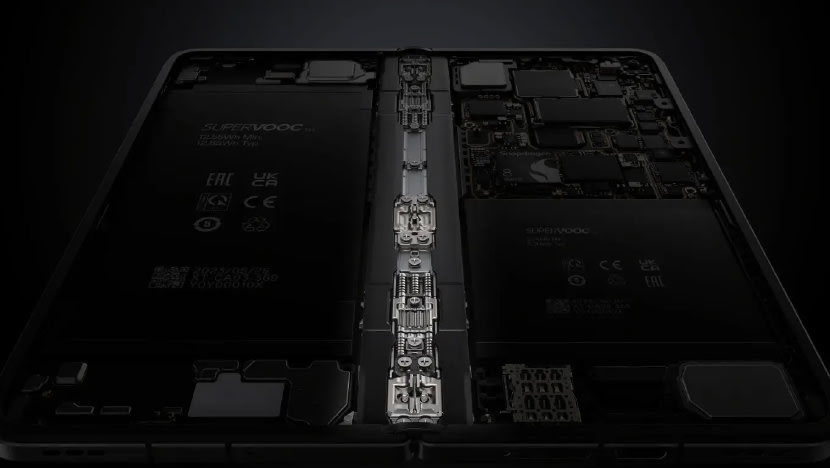
Improving the hinge was a priority for the Find team, as a thick crease was a common bugbear among users who said that it marred the viewing experience when looking at photos or while watching videos.
The third-generation Flexion Hinge on the Find N3 utilises advanced materials like the super-rigid zirconium-based liquid metal and aircraft-grade steel, which is five times stronger than traditional steel. This combination has resulted in a 15 per cent reduction in the hinge’s volume compared to its predecessor, contributing to the phone’s ultra-thin and lightweight design.
Beyond user experience, OPPO also takes seriously the sustainability and lifespan of its foldable phones. “The Find N3’s shaft can endure a million rotations without any decline in quality. Even if a user were to fold and unfold their phone a hundred times daily, it would remain functional for more than two decades,” said Mr Zhou.
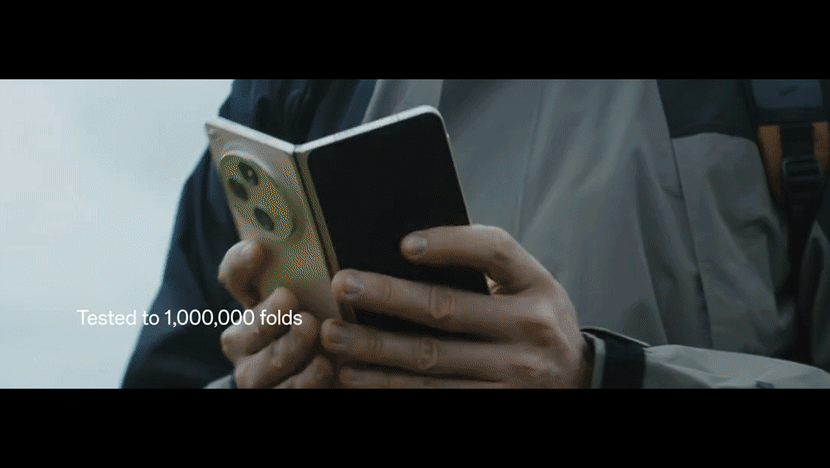
THE FUTURE OF FOLDABLE PHONES AND AI INTEGRATION
Looking to the future, OPPO is not only focused on refining the physical aspects of foldable phones, but also on integrating advanced AI models to elevate the overall user experience.
Mr Zhou noted the potential of larger screens to accommodate multiple applications simultaneously. “The evolution of AI could lead to foldable phones becoming personal assistants that occupy a dedicated section of the screen, a functionality that is unfeasible on standard bar-shaped phones,” he explained.
This vision is already gaining traction, as evidenced by Singapore’s rapidly growing market for the Find N3, signalling strong growth for the future of foldable smartphones here.
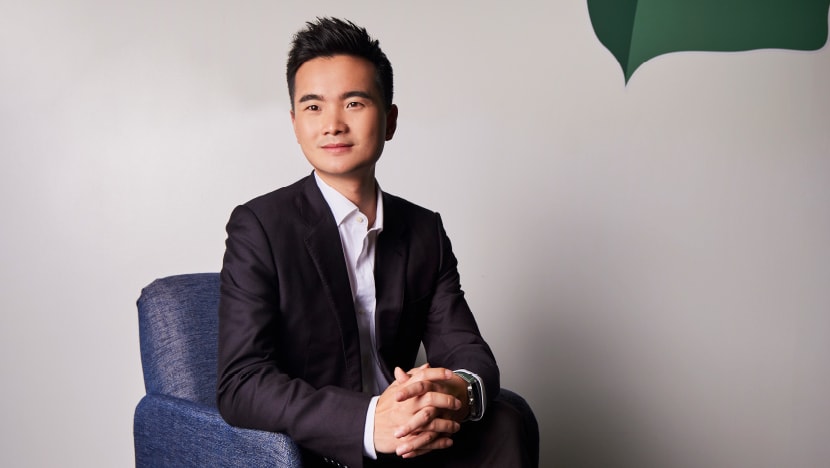
“The technology and markets may evolve, but core user needs tend to remain constant,” said Mr Zhou. “This belief guides us in creating products that resonate with consumers and sustain business growth.”











